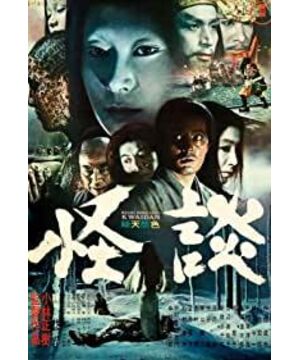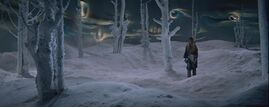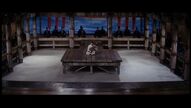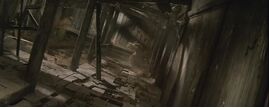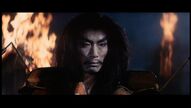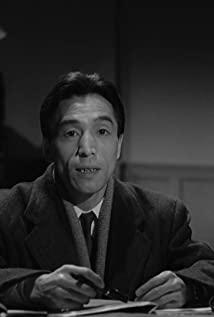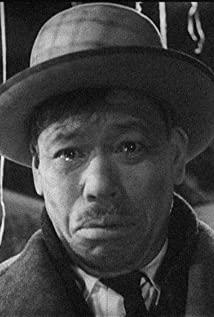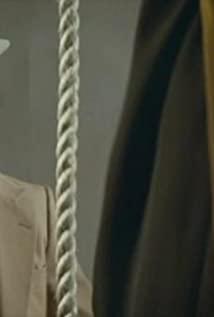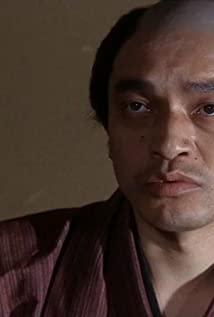Just one strange story left a deep influence on the director Kobayashi Masaki.
The film is based on a short story written by Italian Koizumi Yakumo. Although the original work is also touted as Japan's Liaozhai Zhiyi, I personally think that there are only a few works that have reached the level of Mr. Pu Songling, that is, Bone Girl, Snow Girl, Peony Lantern and Wuerfangyi. But my personal favorites are the Bone Girl and Wu Erfang.
It can be felt that the bone girl and Fangichi, as well as the stories of the Yotsuya strange story and the snow girl that the Japanese talk about, should not be the original creation of Koizumi Hachimoto. It should be a work that has been polished on the basis of Japanese folklore literature (or even Chinese legendary novels). In this sense, Koizumi Yakumo is an adaptation, and Kobayashi Masaki is also an adaptation
Kobayashi Masaki's bone girl, although it is a simple story, clearly reflects a stubborn pathos. The male protagonist abandoned his wife because he could not bear the hunger and cold. I have always believed that the wife does not have any resentment towards her husband, nor does she have any sense of revenge. He is just waiting there, hoping to meet his lover again, but no matter how strong his will is, he cannot resist the wear and tear of hunger and cold on the body. The idea of waiting is still firm, but the body has become invisible. This perseverance is heartwarming.
On the contrary, the performance of the male protagonist is a bit unbearable. In order to make a fortune, he abandoned his wife and climbed a high branch in order to stand out. He couldn't bear the abuse and left home again to find his wife. His bad behavior is really disgusting, and he hurt two women just for his own selfish desires. He wanted to possess the gentleness and kindness of his ex-wife, the wealth and power of his second wife, and once threatened, he would abandon it without any hesitation. How ugly his soul is.
When he found out that his ex-wife had become a bone, the male protagonist's face changed obviously through Kabuki-style makeup, from the normal blood color at the beginning, to the grayish blue face later, to the deathly pale face. His horror was vividly displayed. And this kind of panic is not a one-off, but the kind of fear that is deeply rooted in the bone marrow. Until the best, he didn't blame himself for his wife's death, he didn't regret abandoning his wife, he only cared about his own feelings. . .
Wuer Fangyi is also a classic Japanese story of weird stories, Kobayashi Masaki's version, although the scene is relatively rough, but this simple setting coincides with the weird mood in the story, especially the solemn palace, the samurai is programmed but The emptiness of the action, and the maddening silence, all feel weird
The first minute was still a fortified palace, and the next minute it had transformed into an Asura battlefield.
The plot of Wu Erfang's whole body full of incantations has become a classic scene in Japanese horror films. Although the story was originally described in Weird Talk, it is another matter to really express it in pictures. I have seen it written in lowercase (intensive phobia in Peacock King) and blockcase (hundred stories are correct but not atmospheric), while Kobayashi Masaki's version is written in official script, mad, elegant, very individual, and A bit of that heart-pounding twist
It should be emphasized that the music used in this film is a traditional Japanese musical instrument. Although the sound range is narrow, the rhythm is clear. The director uses this rhythm control to hint at the protagonist's mood, which drives the rendering of the horror atmosphere and the rhythm of the plot. Advance, this application is very successful, there are few lines in the whole article, but by grasping the background music, you are completely immersed in the plot.
This may be a movie, but I prefer to understand it as a colorful period drama, maybe, the real Sengoku-Edo period scene, is just like this.
View more about Kwaidan reviews


